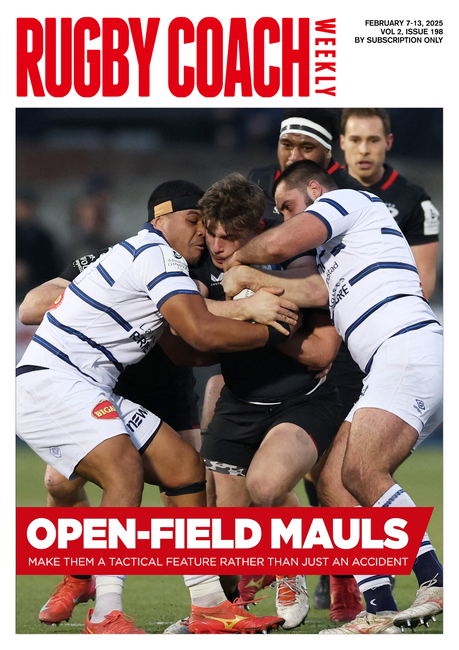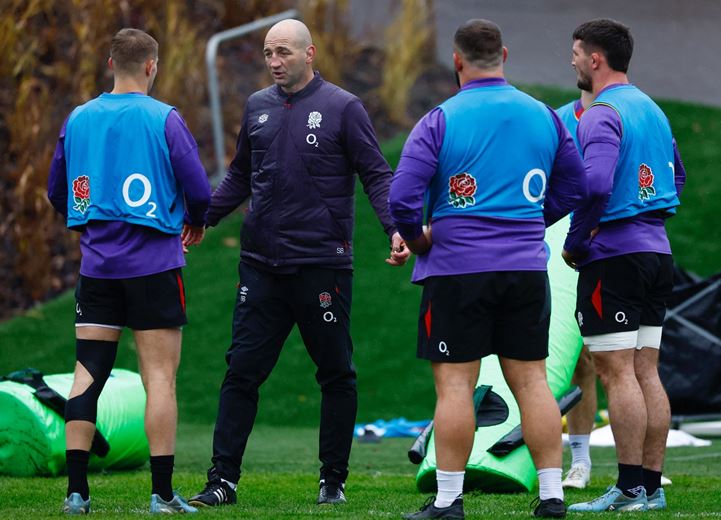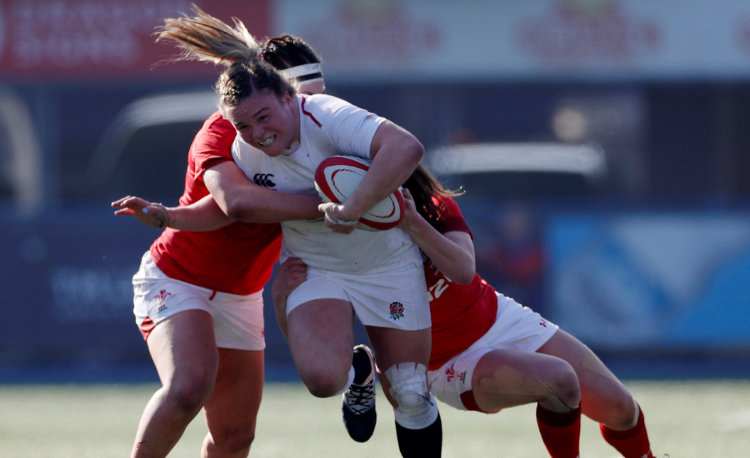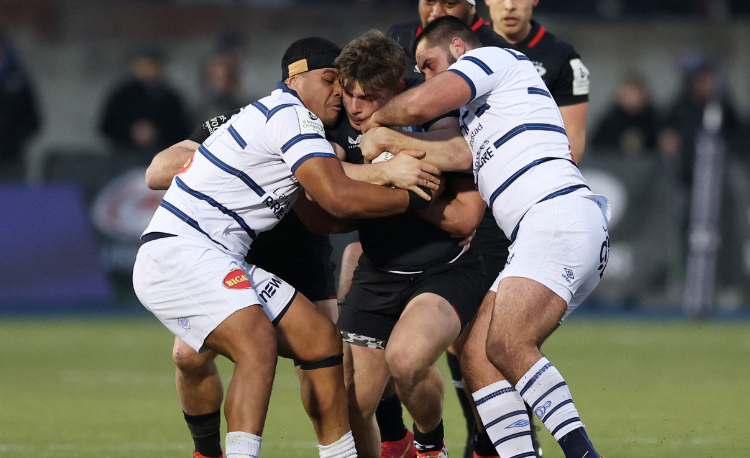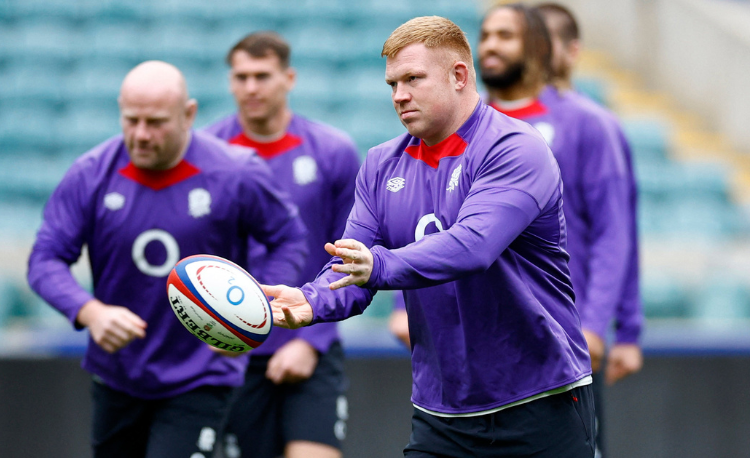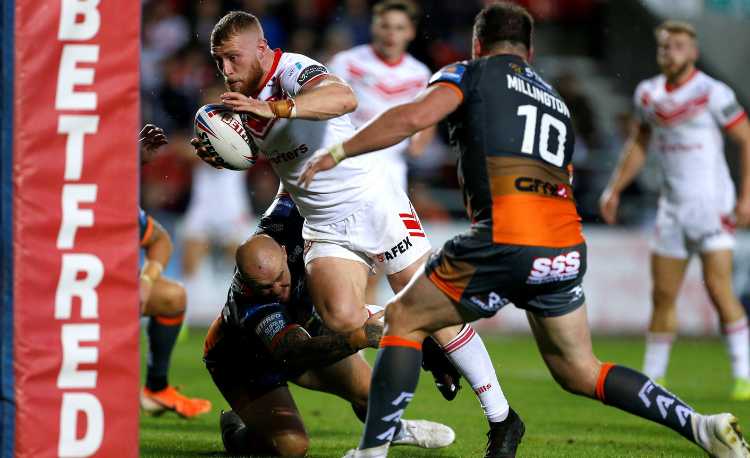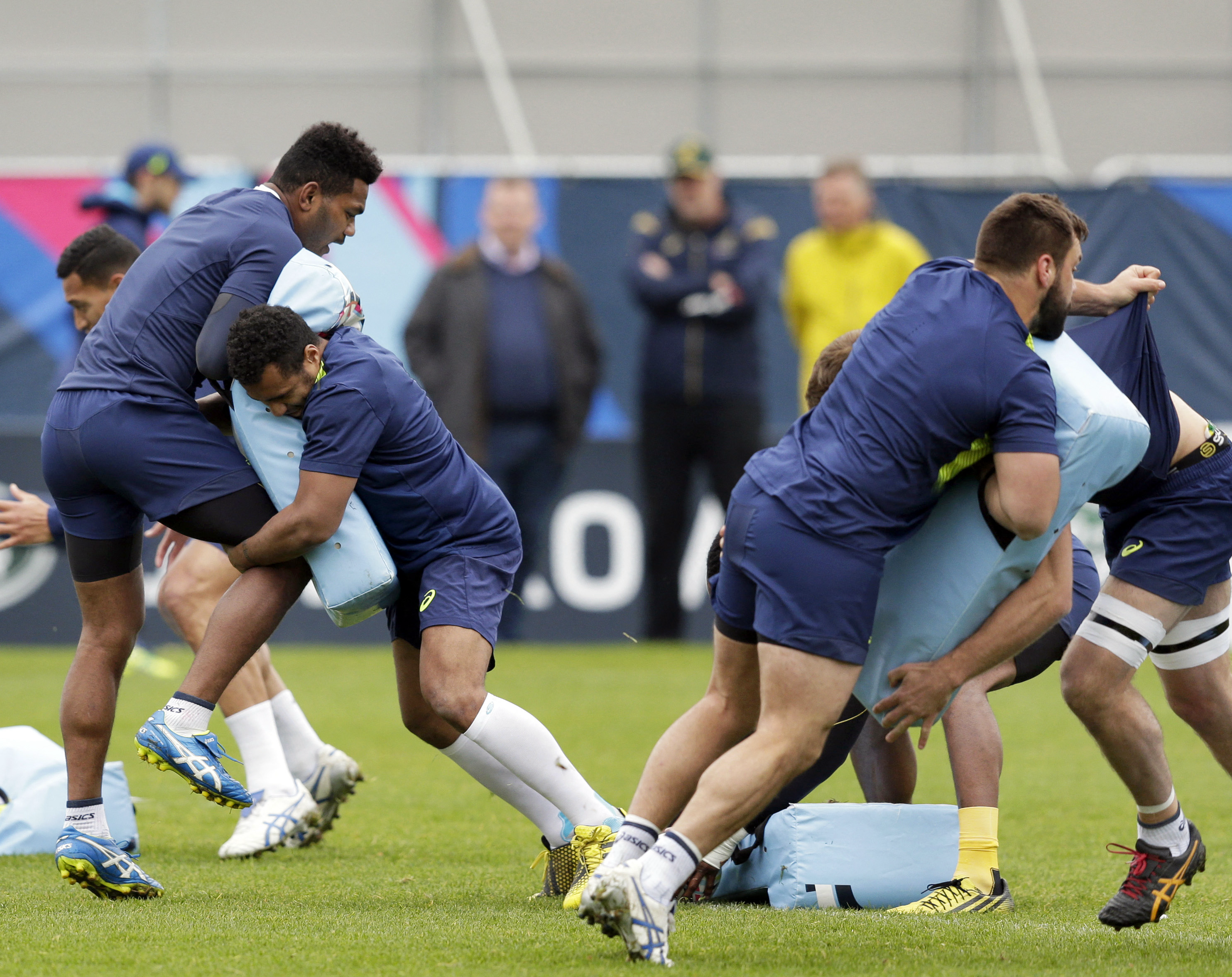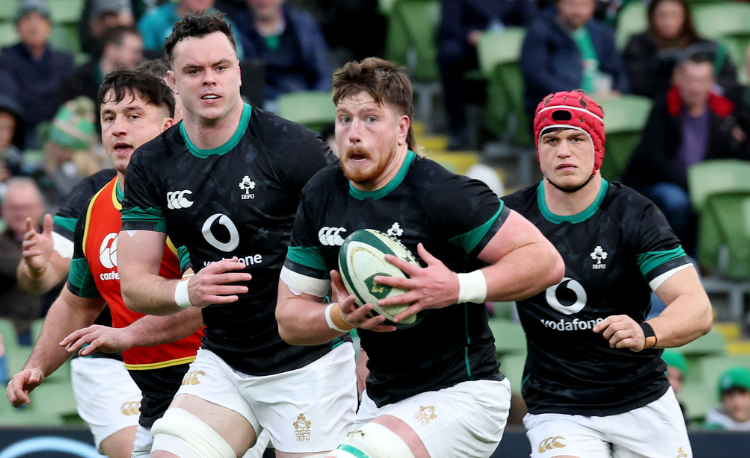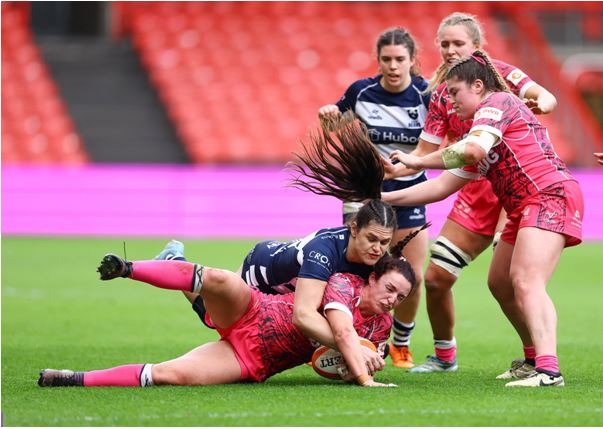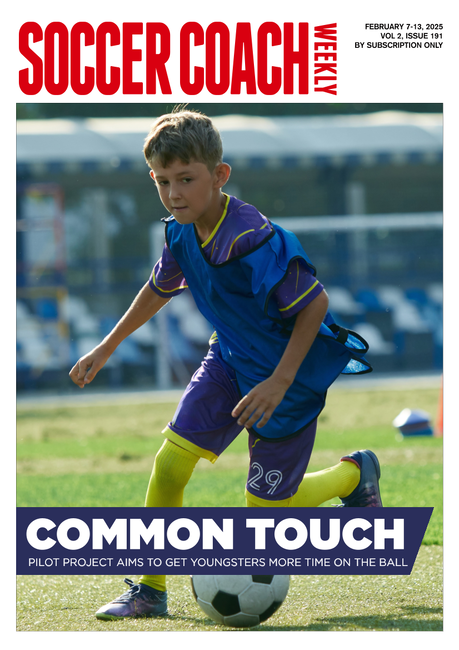5 ways to make every player a world-beater
Your side will have its fair share of stars, good players and not-so-good. Keep all the players involved and happy, and make each one feel they are a world-beater.
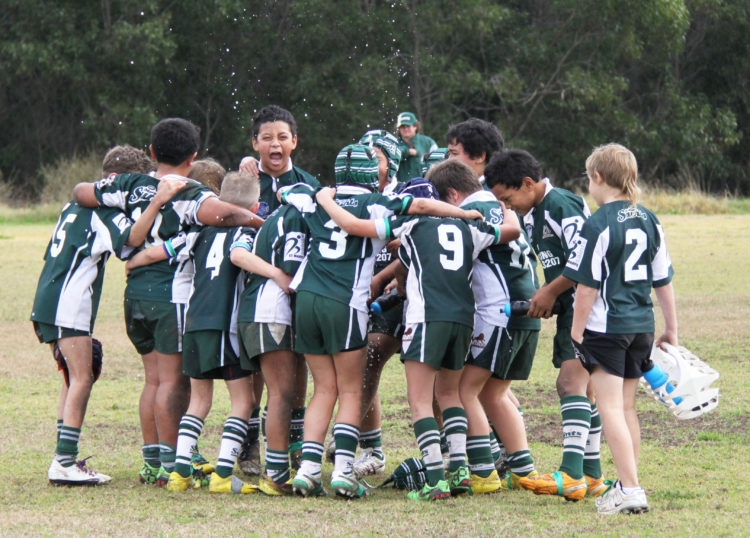
In the longer run, weaker players will improve as they have more game time. And as players change shape and strength, those weaker players may well become your stronger players.
If your stronger players don’t like it, you have to sell the idea of a team game, with everyone participating. If they then leave, then that’s their loss, never yours. A happy team is not always a winning team. A happy team wants everyone to play for each other.
For instance, in a tackling exercise, pick out a key point like a tight grip. Weaker players might achieve this 50% of the time, stronger ones 75%. So your targets would be between 50% and 75%, but no player is given a specific target.
At the top level, you might be critical of their outcomes or focus on performance. But at lower levels, participation and social improvements count for more. Team players want to be part of their team. If they are working hard for their team, that’s worth plenty of praise.
They are also events, where players enjoy each others’ company. Split your sessions into three elements. They are like different speeds, both of body and of mind. I call them grey, black and white.
Give other players more chance by reducing training areas (because fitness can be an issue) and overloading one side.
And, keep the games democratic. That means small-sided games, games where the ball has to move immediately from a tackle or in a particular way. Modifications like this force all the players to be involved.

1 ROTATE, ROTATE, ROTATE
Every match, rotate the players evenly. That means every player is valued. You might lose games but you will create a powerful team spirit where every player has a part to play.In the longer run, weaker players will improve as they have more game time. And as players change shape and strength, those weaker players may well become your stronger players.
If your stronger players don’t like it, you have to sell the idea of a team game, with everyone participating. If they then leave, then that’s their loss, never yours. A happy team is not always a winning team. A happy team wants everyone to play for each other.
2 CREATE WINDOWS, NOT SET BARS
Give the players windows of achievement to aim at. Targets are good, but you might have disappointed players who don’t achieve it, and bored players who achieve it too easily.For instance, in a tackling exercise, pick out a key point like a tight grip. Weaker players might achieve this 50% of the time, stronger ones 75%. So your targets would be between 50% and 75%, but no player is given a specific target.
3 REWARD EFFORT, NOT ACHIEVEMENT
Praise what a player tries to do, not what he finishes up doing. The outcomes might be ugly, but parts of the process can be good. If a player is trying to do better, then he is at least motivated. That’s good.At the top level, you might be critical of their outcomes or focus on performance. But at lower levels, participation and social improvements count for more. Team players want to be part of their team. If they are working hard for their team, that’s worth plenty of praise.
4 TRAINING SESSIONS ARE AN EVENT NOT A LESSON
Most rugby/sport participation doesn’t take place in the match. It comes in training and before and after. A training session shouldn’t be seen as a purely preparation for matches. Yes, they should have elements of preparation, like tactics, fitness, individual and unit skills.They are also events, where players enjoy each others’ company. Split your sessions into three elements. They are like different speeds, both of body and of mind. I call them grey, black and white.
- Grey is the thinking part of the session. You are trying things out, asking questions, letting players discover. It could be a fun game of touch rugby, or walking through a move or play.
- Black is the super fast part of training, where you are going full tilt at something. Mistakes are acceptable, effort is key. It could be full-contact rugby, or hard fitness.
- White is the no-mistakes environment, when you want your players to perfect a skill. Here, weaker players might work apart from stronger players, or you might differentiate the skills or targets for players.
5 THE REALITY IN TRAINING
Better players will always dominate if they have time and space. They also find themselves on the ball more.Give other players more chance by reducing training areas (because fitness can be an issue) and overloading one side.
And, keep the games democratic. That means small-sided games, games where the ball has to move immediately from a tackle or in a particular way. Modifications like this force all the players to be involved.
CREATE A LEGACY
Think that your aim is to create players who are still in the game in 5 years or 10 years rime. Cups and victories pass by. A player who is looking forward to Saturday's match...well that's something worth working towards.Newsletter Sign Up
Coaches Testimonials

Gerald Kearney, Downtown Las Vegas Soccer Club

Paul Butler, Florida, USA

Rick Shields, Springboro, USA

Tony Green, Pierrefonds Titans, Quebec, Canada
Subscribe Today
Be a more effective, more successful rugby coach
In a recent survey 89% of subscribers said Rugby Coach Weekly makes them more confident, 91% said Rugby Coach Weekly makes them a more effective coach and 93% said Rugby Coach Weekly makes them more inspired.
Get Weekly Inspiration
All the latest techniques and approaches
Rugby Coach Weekly offers proven and easy to use rugby drills, coaching sessions, practice plans, small-sided games, warm-ups, training tips and advice.
We've been at the cutting edge of rugby coaching since we launched in 2005, creating resources for the grassroots youth coach, following best practice from around the world and insights from the professional game.


